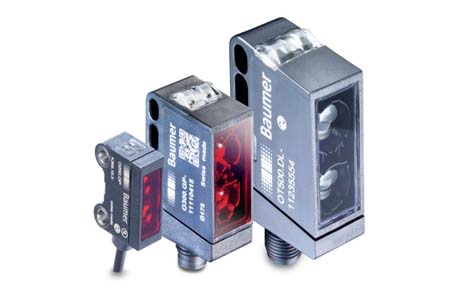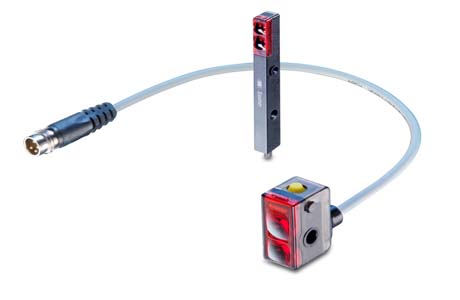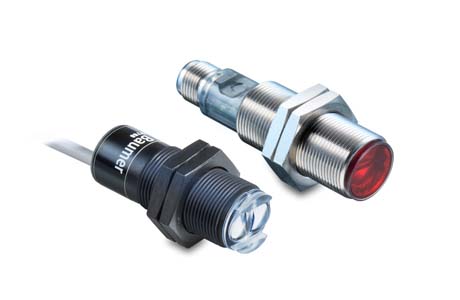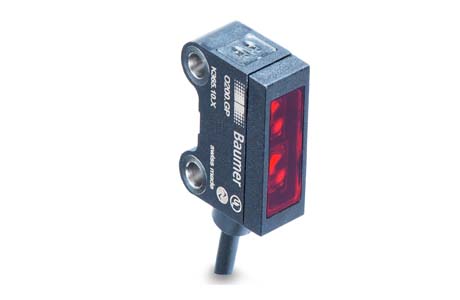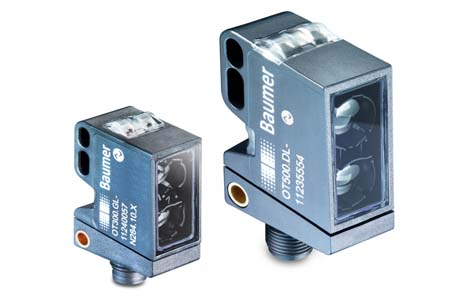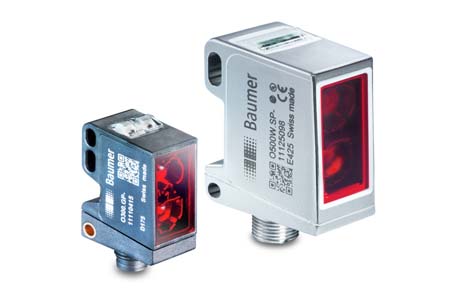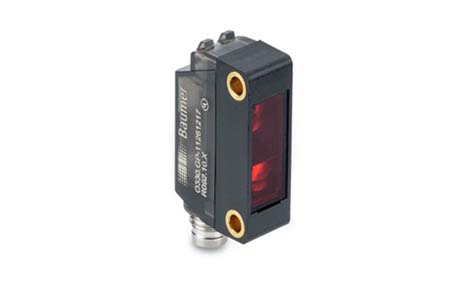Baumer Photoelectric Sensors: O200, OT300 Photo Sensors
IndMALL Automation presents Baumer Photoelectric Sensors, known for their precision and wide range of uses. Our collection includes very small sensors starting at 4 mm, the strong M18 series, and the advanced O200 and OT300/OT500 models.
These sensors are great for many tasks with features like long sensing distances, different beam shapes, and several housing choices.
They’re easy to install and come with modern technology like IO-Link and time-of-flight measurement. Baumer’s sensors are perfect for industrial, manufacturing, offering reliable and efficient solutions for automation.
Baumer Photoelectric Sensors: Subminiature
- Size: Ultra-compact designs starting from 4 mm.
- Range: Long sensing ranges up to 10 m.
- Beam Shape: Options for line or point beam.
- Housing: Available in plastic and stainless steel.
Baumer Photoelectric Sensor: Cylindrical M18
- Housing: M18 standard in plastic, brass, or stainless steel.
- Sensor Options: 6 principles for varied applications.
- Sensing Range: Extensive, up to 55 meters.
- Durability: Stainless steel with IP 69K and chemical-resistant optics.
Baumer O200
- Size: Compact, starting from 8 mm.
- Configuration: Adjustable via qTeach or IO-Link.
- Light Source: Features LED and laser with qTarget.
- Beam Shape: Offers point and line beam shapes.
- Sensing Range: Diffuse sensors effective up to 200 mm; through-beam sensors up to 6 m.
Baumer OT300/OT500
- Range: Up to 2.6 m with time-of-flight technology.
- Design: Miniaturized at 12.9 x 32.3 x 23 mm; standard at 18 x 45 x 32 mm.
- Output Options: 0-10 V DC, 4-20 mA, background suppressor, SmartReflect.
- Connectivity: IO-Link interface, dual channel in standard model.
Baumer Photo Sensor: O300 / O500
- Microcontroller: Advanced and powerful.
- Sensor Options: 7 principles, 4 light sources, line/point beams.
- Ease of Use: Simple installation and operation.
- Connectivity: IO-Link, Industry 4.0, and IoT-ready.
Baumer Photo Sensors: O330
- Quick Setup: Enhanced with qTarget for rapid readiness.
- Configuration: Adjustable through qTeach.
- Light Source: PinPoint LED, offering linear or pointed beams.
- Range: Diffuse sensors up to 385 mm; through-beam up to 12 m.
IndMALL has Baumer Photoelectric Sensors, including the O200 and OT300 series. These sensors work well in many places. They fit easily into different systems and are easy to set up.
The O200 series is small and good at spotting things in tight spaces. It’s great for jobs where you don’t have much room. The OT300 series is stronger and can work in hard conditions. It can sense things from far away, which is good for tough jobs.
These Baumer sensors are really good for accurate and reliable work. They help you notice small changes and work well even in hard situations. They are made to last and work for many different needs.
Product List:
Model No |
Image |
Type |
Operating temperature |
Protection class |
Connection types |
Output circuit |
|---|---|---|---|---|---|---|
| O200.ER-GD1E.72CV/T003 | 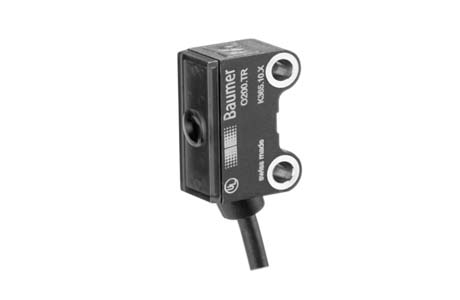 |
Through-beam sensor | -25 … +50 °C | IP 67 | Cable 4 pin, 2 m | Push-pull |
| O330.EP-GDZZZ.72N | 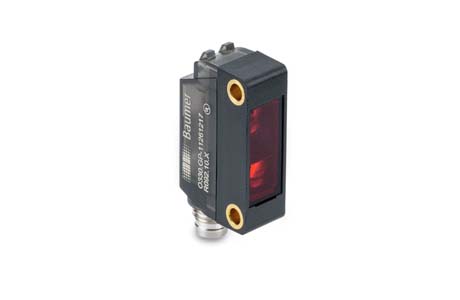 |
Through-beam sensor | -25 … +55 °C | IP 67 | Connector M8 4 pin | Push-pull |
| O300.DI-GM1J.72CU | 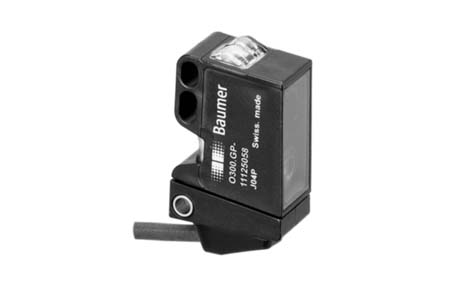 |
Distance measuring | -25 … +60 °C | IP 67 | Cable 4 pin, 2 m | Push-pull |
| OT300.DL-UBZZB.72CU | 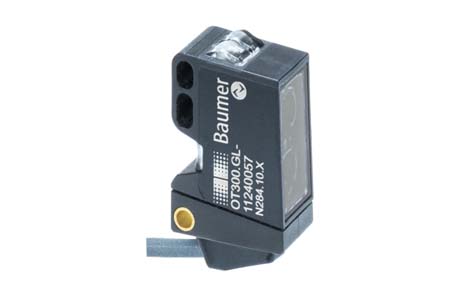 |
Distance measuring | -20 … +50 °C | IP 67 | Cable 4 pin, 2 m | Analog 0 … 10 VDC |
| OT500.SL-GDGQJ.72F | 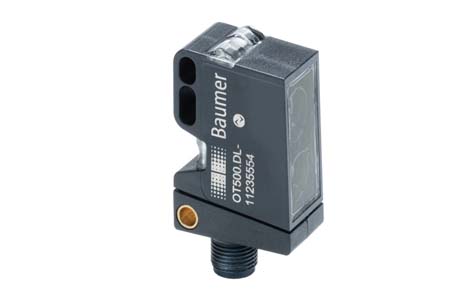 |
Light barrier | -20 … +50 °C | IP 67 | Connector M12 5 pin | Push-pull / IO-Link Push-pull |
Our selection of Baumer Photoelectric Sensors is designed to meet diverse power needs and applications, featuring models like:
- The O200.ER-GD1E.72CV/T003 is a through-beam sensor that operates between -25 and +50 °C. It has an IP 67 protection class and comes with a 4-pin, 2-meter cable. Its output circuit is push-pull.
- Next, the O330.EP-GDZZZ.72N is also a through-beam sensor. It works in temperatures ranging from -25 to +55 °C and has an IP 67 rating. This model features a 4-pin M8 connector and uses a push-pull output circuit.
- The O300.DI-GM1J.72CU is designed for distance measuring. It operates between -25 and +60 °C, has an IP 67 protection class and includes a 4-pin, 2-meter cable. Its output circuit is push-pull.
- For the OT300.DL-UBZZB.72CU is also used for distance measuring, the operating temperature range is -20 to +50 °C. It has an IP 67 rating and comes with a 4-pin, 2-meter cable. This model features an analog 0 to 10 VDC output circuit.
- Lastly, the OT500.SL-GDGQJ.72F is a light barrier sensor. It operates in temperatures from -20 to +50 °C and has an IP 67 protection class. It includes a 5-pin M12 connector and offers a push-pull / IO-Link Push-pull output circuit.
Frequently Asked Questions
What is the purpose of photoelectric?
Photoelectric sensors are devices used for detecting objects. They use light to sense objects. These sensors are small and work well for various materials. They can detect different object surfaces, like shiny or dark ones.
These sensors are used in many industries. They help in manufacturing and packaging. They can detect objects without touching them. This makes them useful for delicate or moving items.
Photoelectric sensors are easy to use. They can be quickly set up and adjusted. They work well in different environments, even in harsh conditions. This makes them reliable for many tasks.
What are the features of photoelectric?
Photoelectric sensors can work with different types of light, like infrared or laser. These sensors are great because they can sense objects from far away without touching them. This is really helpful for items that are delicate or moving.
They come in different sizes, so some can fit in small spaces while others have a longer range. They’re tough and can work in bright light, and darkness, and even resist water and dust. Plus, they’re easy to set up and use, making them handy for lots of different jobs.
What do photoelectric sensors measure?
Photoelectric sensors measure the presence or absence of objects. They use a light beam to do this. When an object breaks the beam, the sensor detects it. This tells us if something is there or not.
These sensors can also measure how far away an object is. They do this by checking how long it takes for light to bounce back. This is useful for knowing the distance of objects.
Some photoelectric sensors can even tell the difference between colors. They use light to see if an object matches a certain color. This is helpful in sorting things based on color.
What type of light is a photoelectric sensor?
A photoelectric sensor mainly uses three types of light: infrared, visible, and laser.
Infrared light is a type of light that we can’t see. It’s often used in photoelectric sensors because it’s good at detecting objects without being visible.
Visible light sensors use the kind of light we can see. These are used when it’s important to see the light beam, like in some safety applications.
Laser light is very focused and sharp. It’s used in sensors that need to be very precise, like in measuring small distances or detecting tiny objects.
If you want to know more about Baumer Photoelectric Sensors, just get in touch with us.

